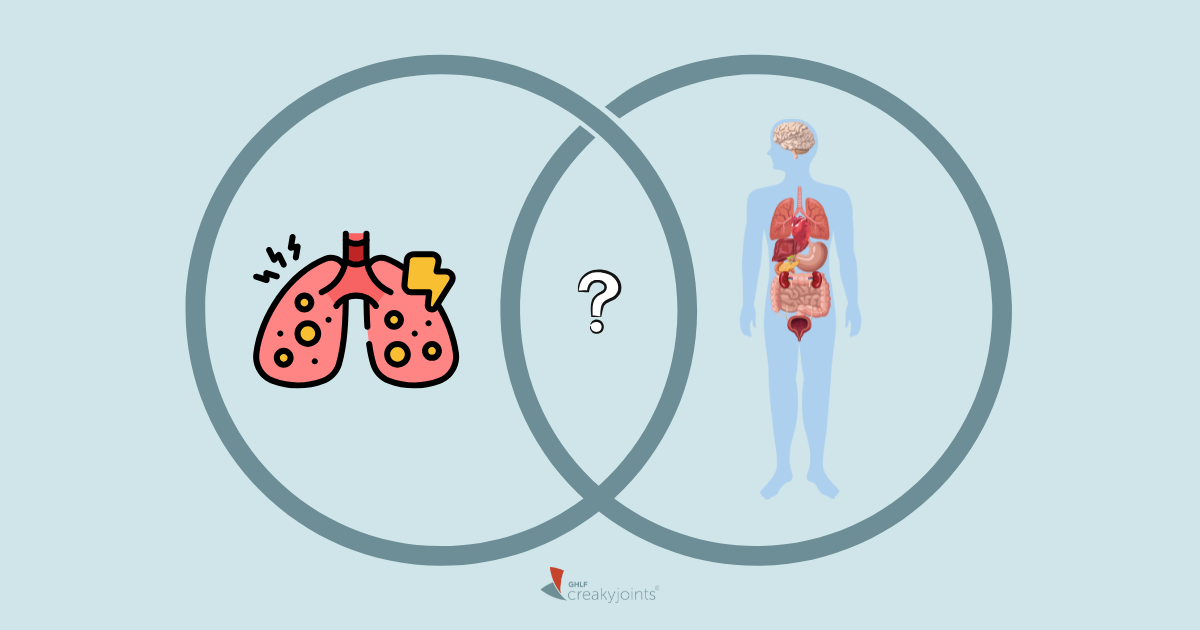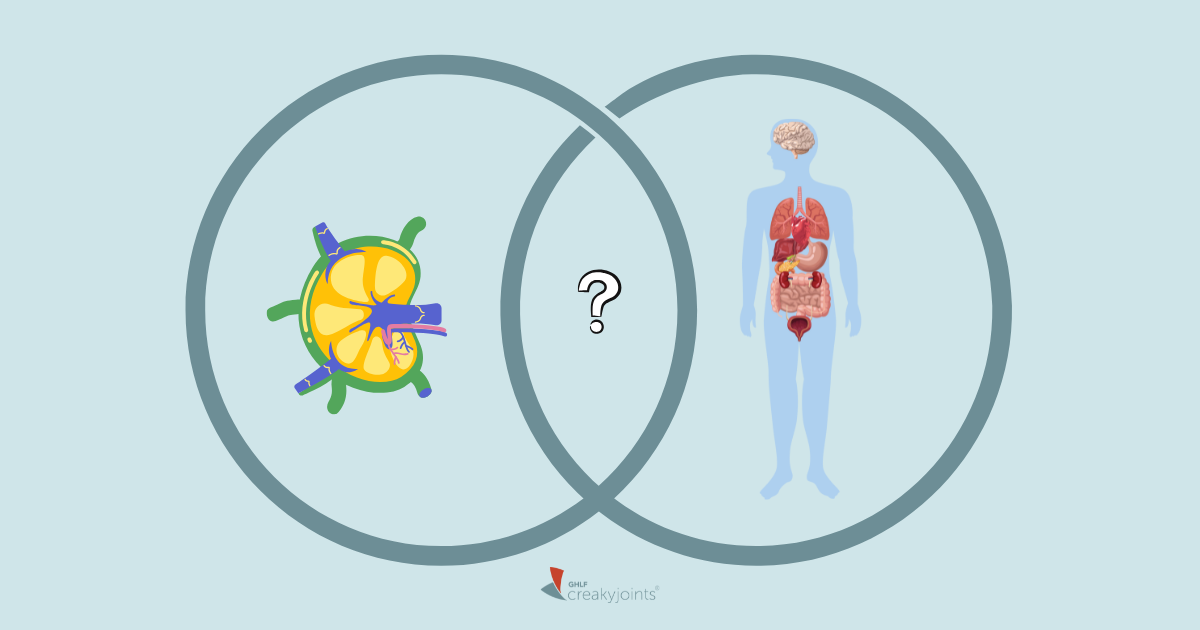Alexander Levine, a 34-year-old owner and operator of a virtual personal training business, Alex Levine Fitness LLC, has always held a deep passion for fitness.
His regimen once centered around traditional strength training exercises like deadlifts, squats, and bench presses, while pursuing a career in sports medicine. However, his trajectory took an unexpected turn at age 21 when he began experiencing intense pain.
Symptoms including sciatica, mid-back tightness, and intense postural compression began to disrupt Alex’s daily life. Despite numerous doctor visits, no one was able to tell him what was wrong. Physical therapy, however, provided some relief from his shoulder and hip tightness and back pain.
Pain from Playing Sports or Something Else?
People thought it was a sports injury, with normal aches and pains. At the age of 26, a soccer-related hip injury led to an X-ray that finally revealed the root cause of his pain — inflammation in the sacroiliac (SI) joints. He had bilateral sacroiliitis. This condition is commonly associated with ankylosing spondylitis (AS). The discovery of the HLA-B27 gene in his DNA, a marker strongly linked to AS, confirmed his diagnosis.
The diagnosis caused Alex to worry about what the future would hold. “My whole career has been in health and fitness,” says Alex. “I wondered if I could continue in my career. My life is sports medicine. Some people told me I wouldn’t make it.”
He also recalls anxiety over how AS can affect the heart and the lungs — scary things to think about when you’re in your 20s. To help calm his nerves and better understand the condition, he began to research and learn more about AS
Exercise (As He Knew It) Became Painful
When Alex attempted to resume his traditional exercise routine, it caused too much pain. He was unable to perform his favorite workouts, like lifting weights and playing pick-up basketball, and grappled during the first few years following his diagnosis about how to maintain an active lifestyle. He wondered, “How can I find a way to keep moving? With spondylitis, the less you move, the harder it becomes to get up.”
How Alex Shifted His Mindset About Exercise
Alex admits to having a particular vision of what exercise meant to him — with strength training at the core — and so he had to shift his thinking to find ways to keep moving. That meant taking an individualized approach, which included using yoga and physical therapy techniques.
“I changed my whole mindset on what it meant to exercise and what it meant to be physical and strong,” says Alex.
He discovered that he could gradually reintroduce the exercises he loved pre-AS by modifying his workout techniques. He began utilizing more resistance machines and resistance bands, essentially trying to “hack fitness” to devise a personalized routine that suited his body.
The exercises Alex chooses are deliberately planned, with a focus on maintaining proper form. If he’s dealing with back tightness or sciatica, he opts for resistance machines over weight training. “There are moments when rest is necessary,” he admits. “My workouts are dictated by the pain. That’s why my routines vary on a weekly basis.”
At the heart of his journey, Alex is dedicated to keeping active in any way possible — even if it’s just through stretches. He has learned to adapt his workouts to stay fit. This experience reminds us that being strong is about more than just lifting weights — it’s also about resilience and the readiness to change when necessary.
Tips for Exercising with Ankylosing Spondylitis
As a certified personal trainer, fitness nutrition specialist, and senior fitness specialist via the National Academy of Sports Medicine, Alex dedicates his expertise to providing one-on-one personal training for individuals living with chronic conditions across the globe. Here, he shares his valuable insights on exercising with AS.
Set reasonable goals.
It is important to create smaller, reasonable goals. Find a couple of minutes every day to exercise so you feel better afterward. Working out for too long can cause stiffness the next day. “I’m working toward strength, flexibility, or cardio, but I’m not going to push the limit to where I’m too sore and too fatigued. I’m going to find that balance,” says Alex.
Listen to your body.
By doing a couple of minutes of exercise daily, you can really pay attention to how your body feels over time. Alex says it’s important to pay attention to how you feel before and after the exercise. You may feel great during the workout then feel terrible the next day. Find comfortable positions like the wall or a chair to give your body support while you exercise. Remember, it’s important to consult your doctor before starting any new exercise regimen.
Modify workouts to meet your needs.
When considering chronic conditions like AS, it’s important to note that there are a million ways to work out. The length of the workout, the type of the workout can be adjusted. If one thing doesn’t work, try adjusting one thing like the tools you are using. Even the smallest change can take you where you want to be over time.
Don’t give up.
Alex believes in having patience and fortitude. “Don’t give up if one thing doesn’t work,” he advises. “Don’t give up if 10 things don’t work.”
For more health and fitness tips from Alex, follow him on Instagram @AlexLevineFitness and YouTube @AlexLevineFitness.
Be a More Proactive Patient with ArthritisPower
ArthritisPower is a patient-led, patient-centered research registry for joint, bone, and inflammatory skin conditions. You can participate in voluntary research studies about your health conditions and use the app to track your symptoms, disease activity, and medications — and share with your doctor. Learn more and sign up here.






